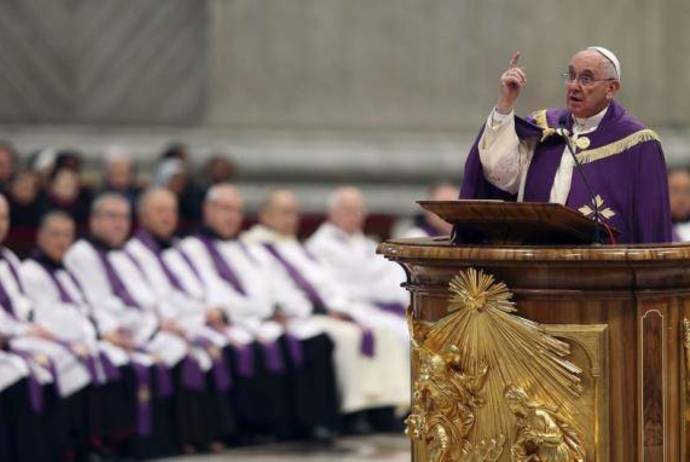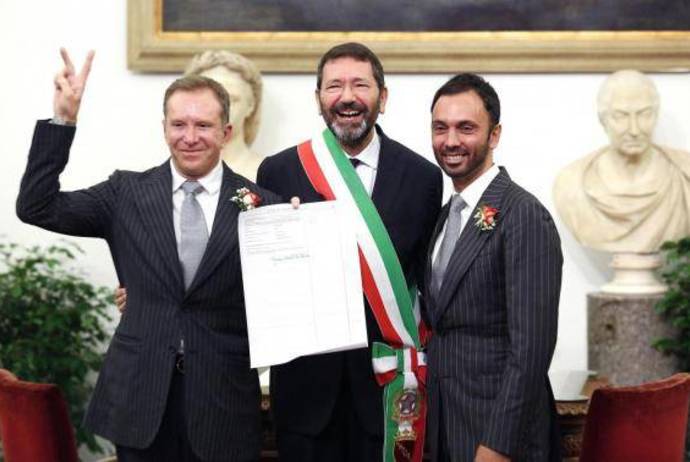Other than the famous Cairo Museum in Egypt, the Museo Egizio in Turin, established in 1824, is the only museum in the world (after the Egyptian Museum in Cairo) that is dedicated completely to Egyptian art and culture.
During the past five years the museum has remained open to the public while undergoing major renovations, with an enormous budget of 50 million euro, but now it has finally fully reopened. Now, works that were kept in storage during the renovation process can be put out on display. The improvements made to the Museo Egizio include nearly doubling the exhibition space and adding 3-D films and historical photos. These updates will not only modernize the museum, but will allow for significantly more space for the thousands of Egyptian artifacts it houses.
Despite the museum’s opening in 1824, Egyptian artifacts had been in Turin for years, the first of which was the Mensa Isiaca, purchased in 1630 by the Savoy King Carlo Emanuele I. After Jean-François Champollion cracked the code to deciphering hieroglyphics in 1822, many scholars flocked to Turin to study its many collections, most of which were uncovered in the early 19th century when the Savoy King Carlo Felice obtained 5,000 objects from the French General Consul.
More recent excavations conducted between 1900 and 1935, lead by the Museum’s first director, Ernesto Schiaparelli, increased the collections housed in Turin.
The new additions to the Museum have already been well received. They provide “a very immersive experience,” according to Neal Spencer, a member of both the British Museum’s Ancient Egypt department and the Museo Egizio’s advisory board.
He believes that the updates of the past five years have improved the displays of Turin’s expansive collection by helping to make them more modern.
Following these renovations, the Egyptian items will be displayed in chronological order with the benefit of new lighting and modern displays.
Yet, the reopening of the Museo Egizio is just one of the exciting events occurring in Egyptology this year. The brand new Grand Egyptian Museum is set to open in Giza this December. The goal of this additional Egyptian museum in Cairo is to improve the overcrowding problems facing the National Museum. This project is thought to have cost the Egyptian Ministry of Culture $550 million.
Some of the most popular artifacts the Museum houses include the Tomb of Kha, Drovetti Collection papyri (the most important collection of papyrus in the world) and the Ellesija Temple. The Tomb of Kha might be the most significant of the three. The tomb dates back to 3,500 BC and contains sarcophagi, statues, sundries and furniture as well as other smaller, but extremely well preserved items like salted meat.
Last year, even during the renovation process, 567,000 visitors went to the Museum. Museum directors hope to increase that number to 700,000 now that renovations are complete. Those interested in viewing the spectacular collections of Egyptian artifacts of the Museo Egizio can now take advantage of the Museum being fully open and renovated.







































